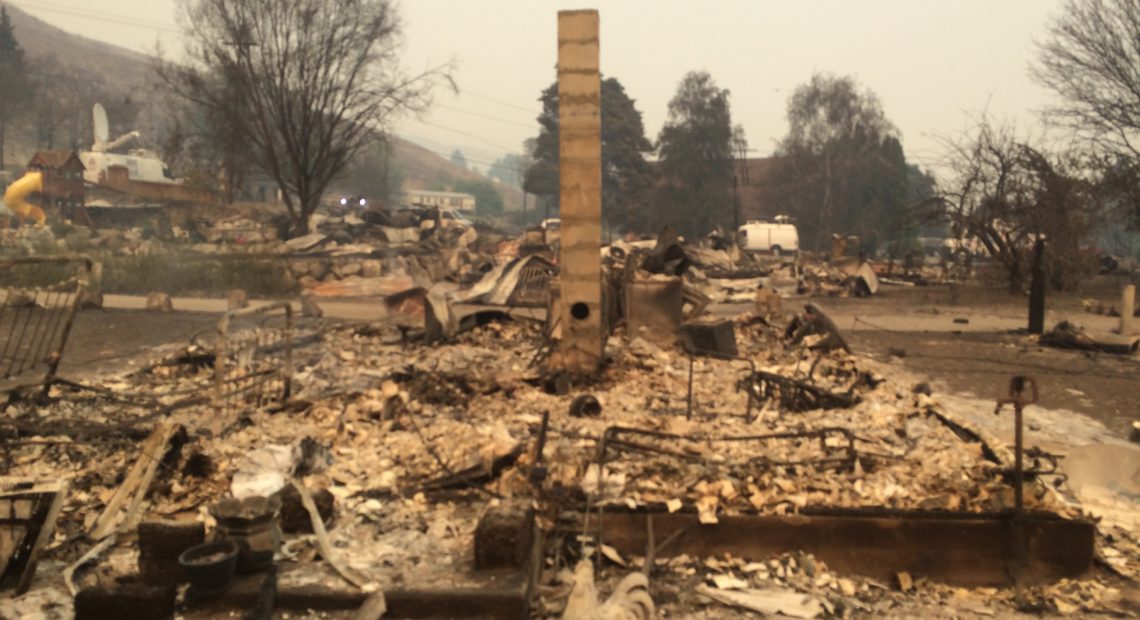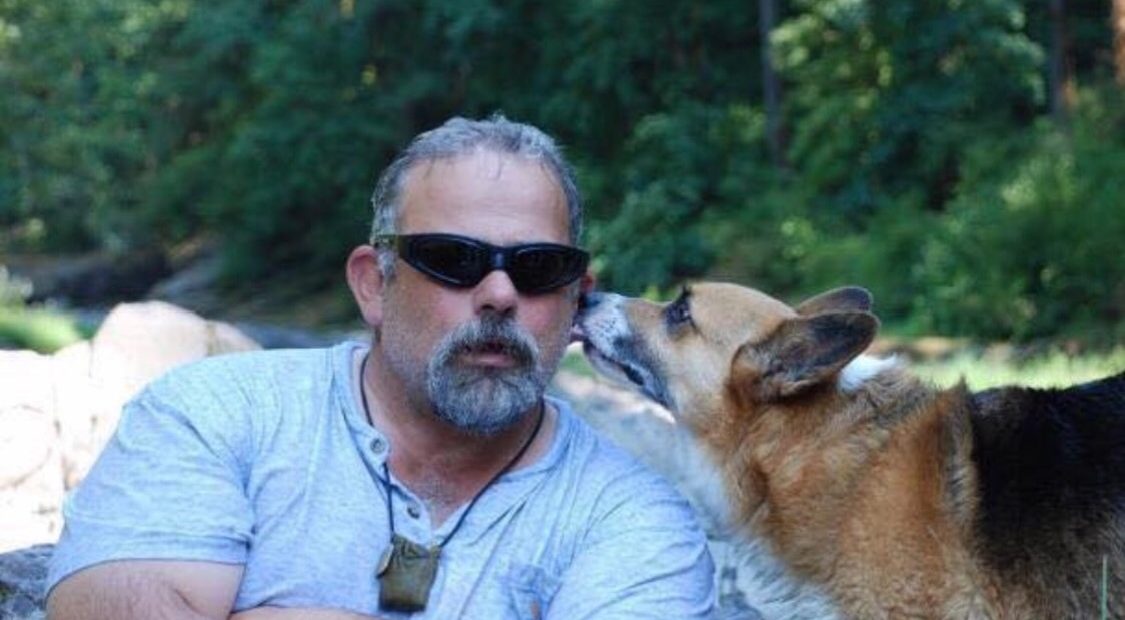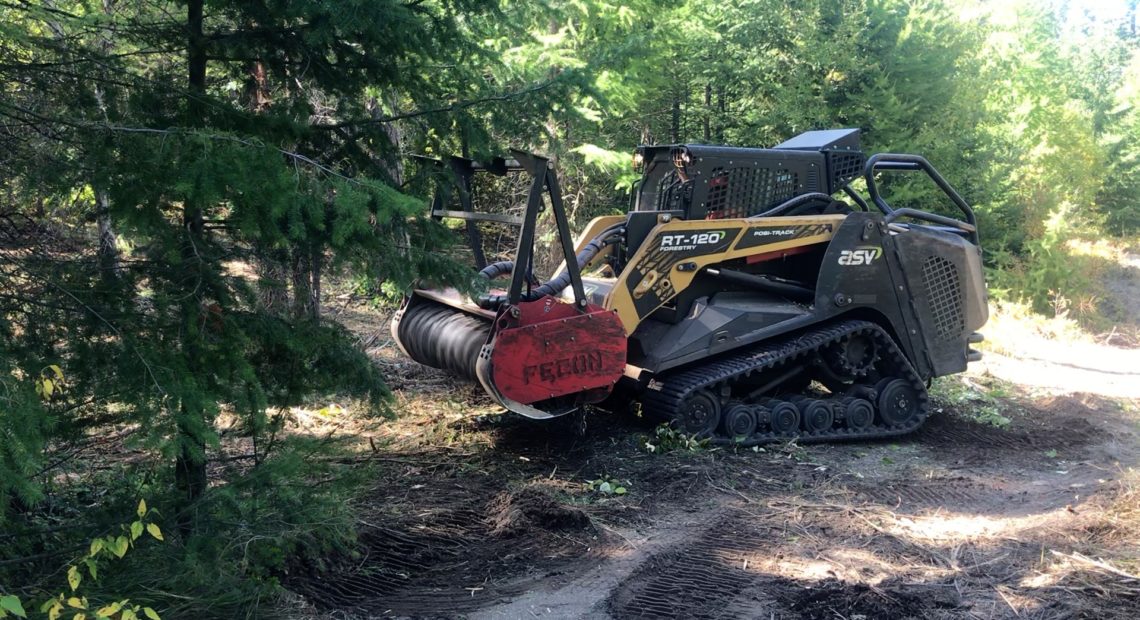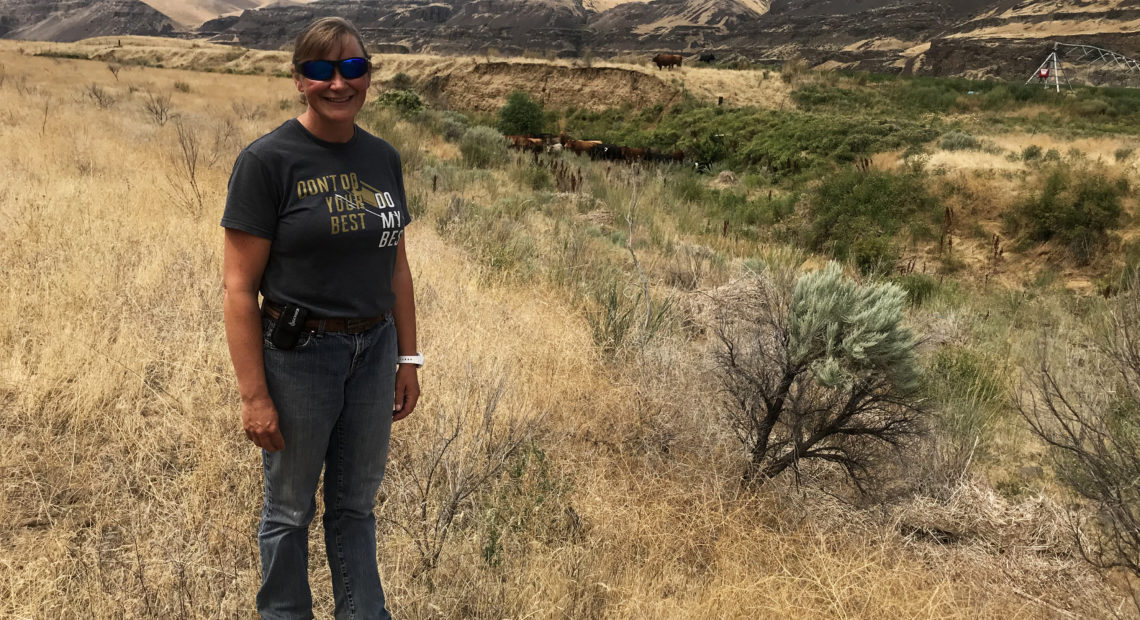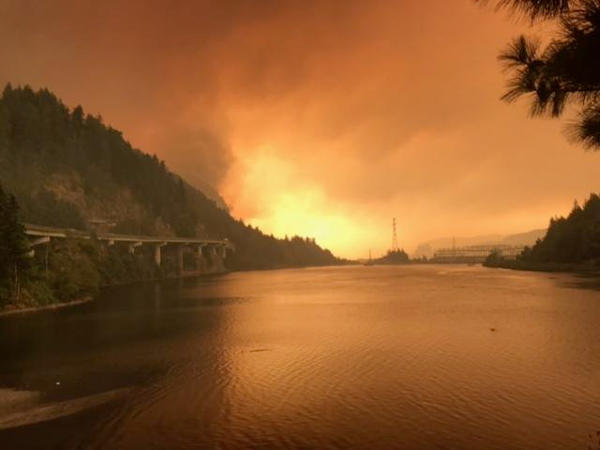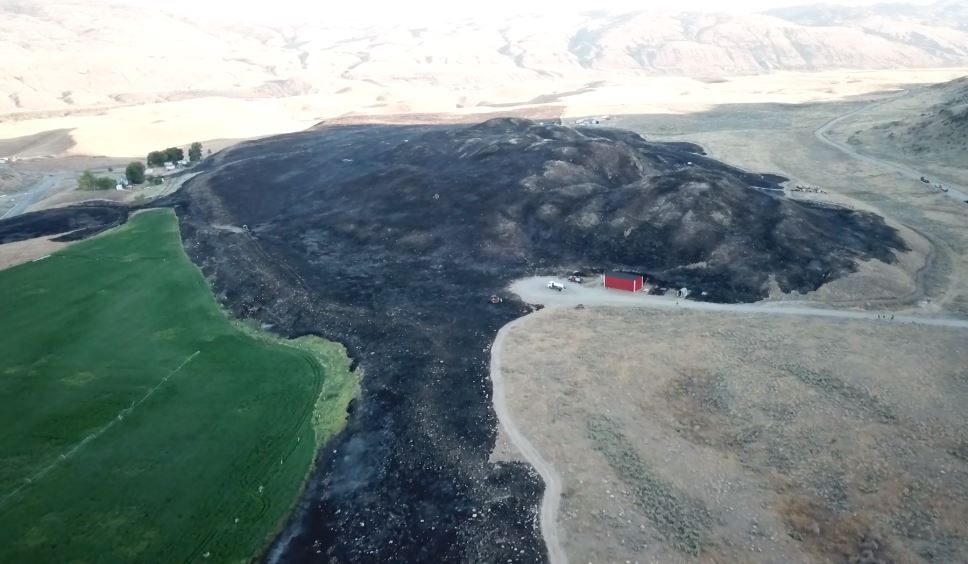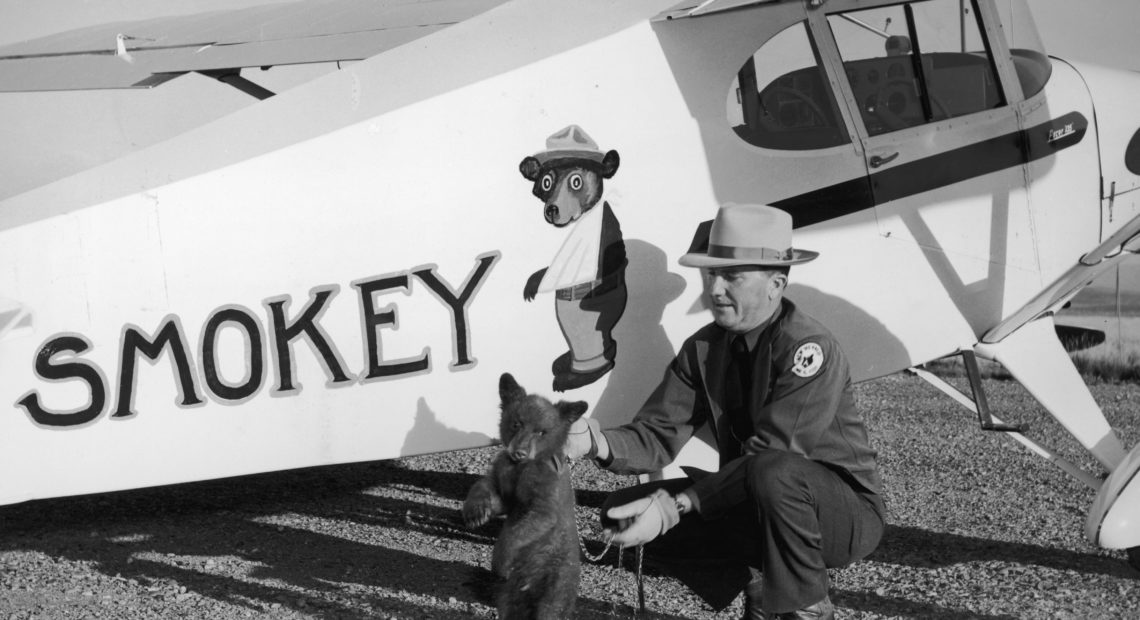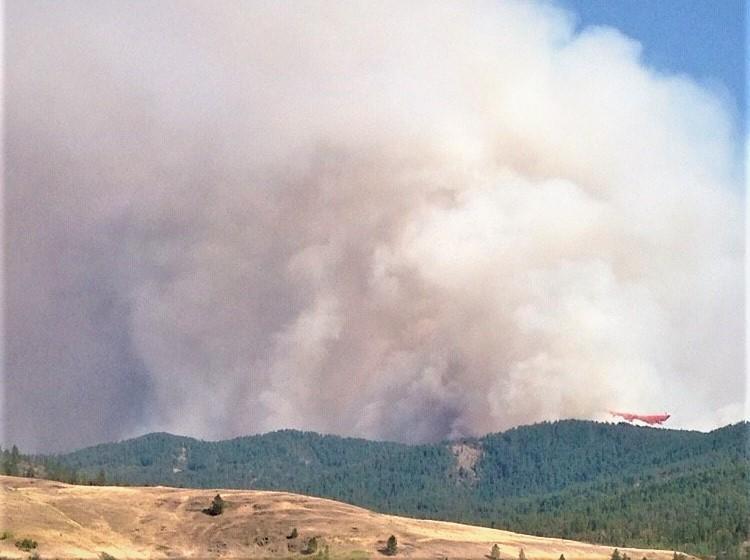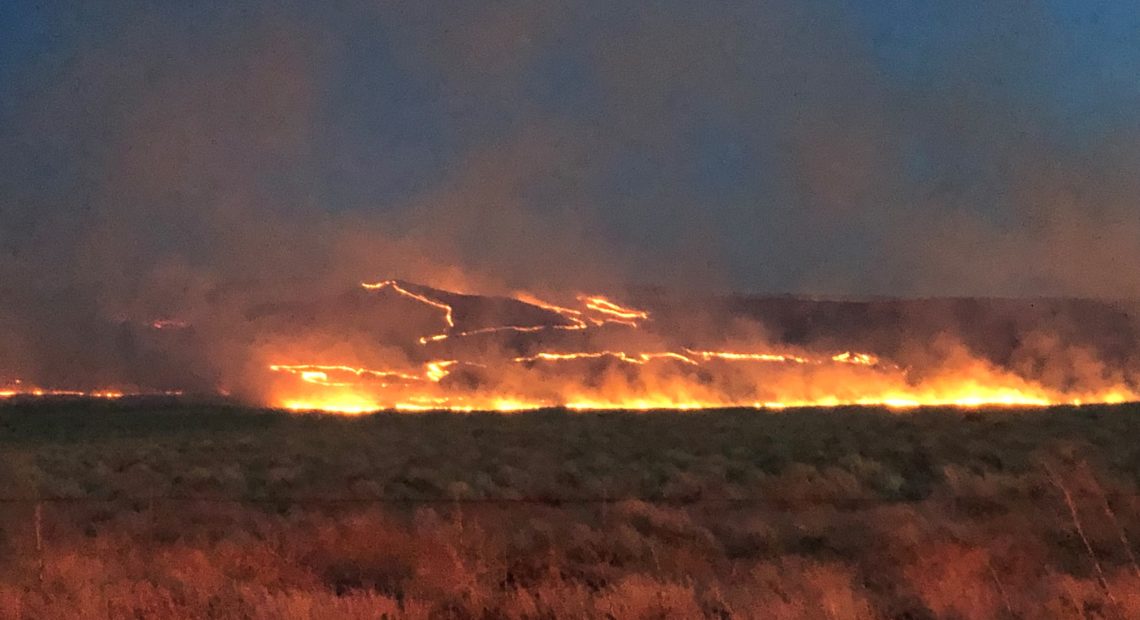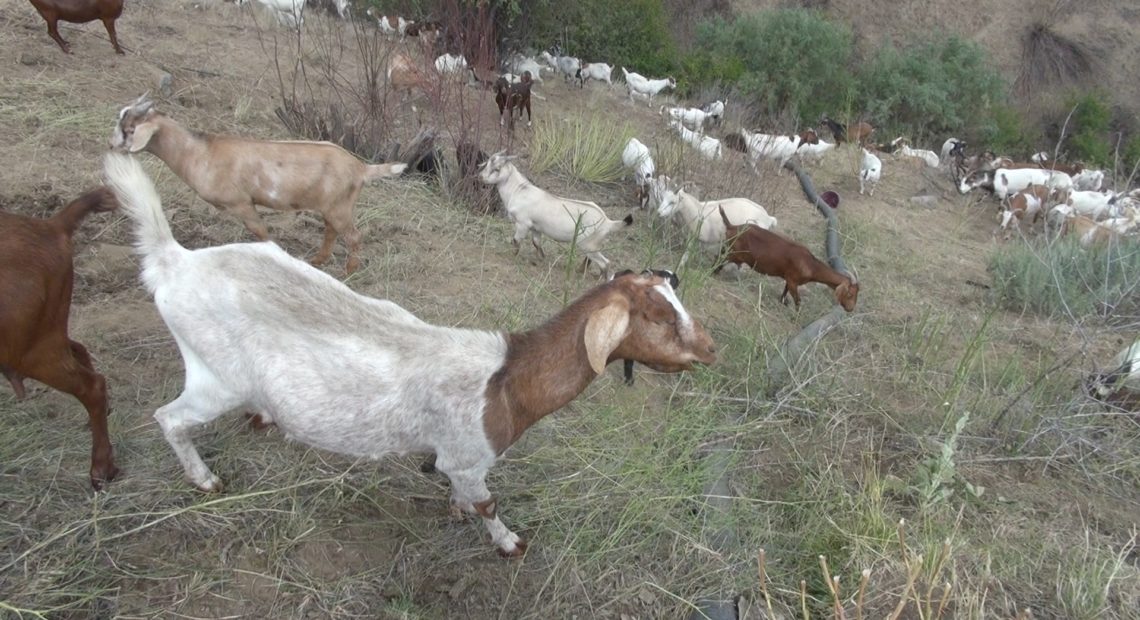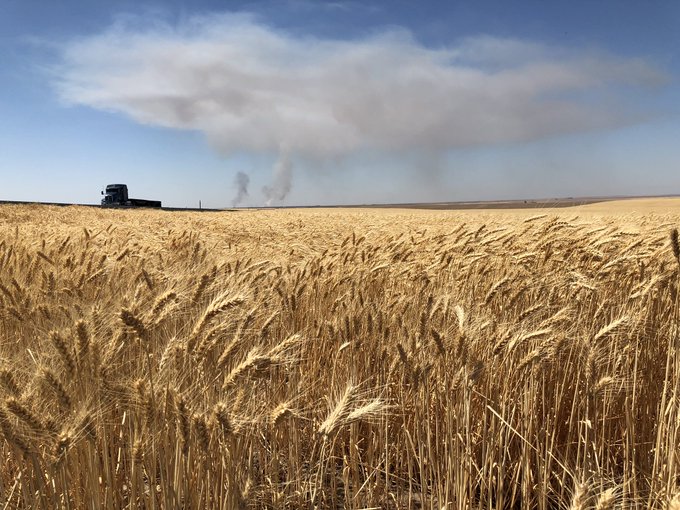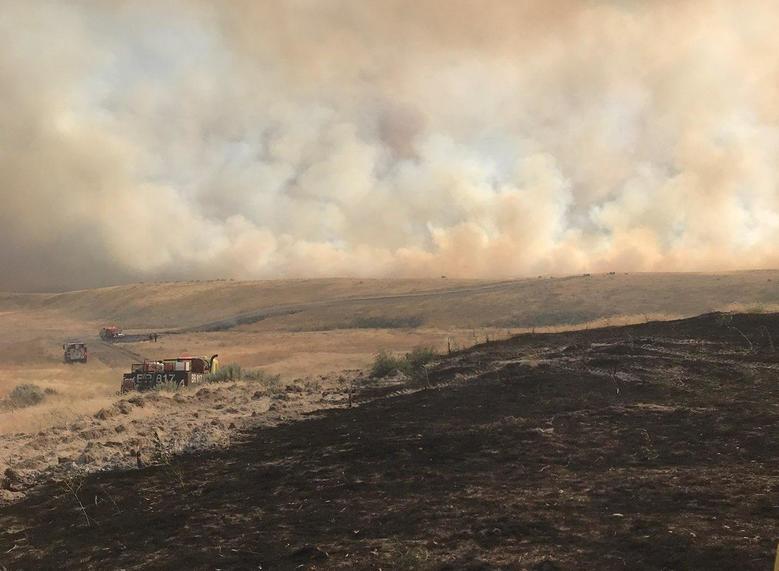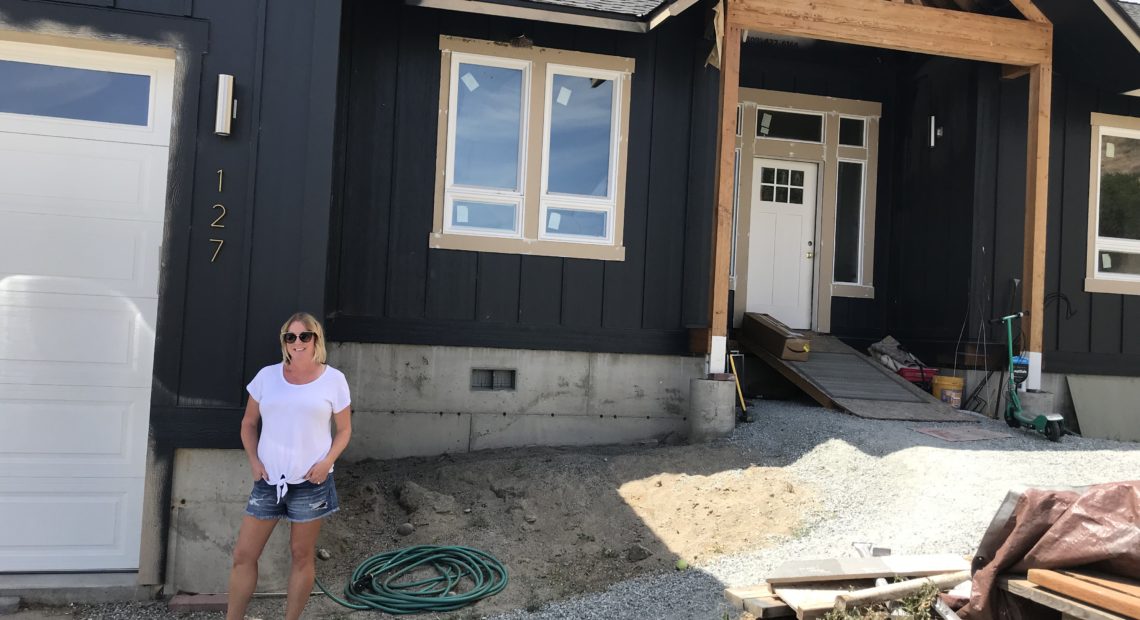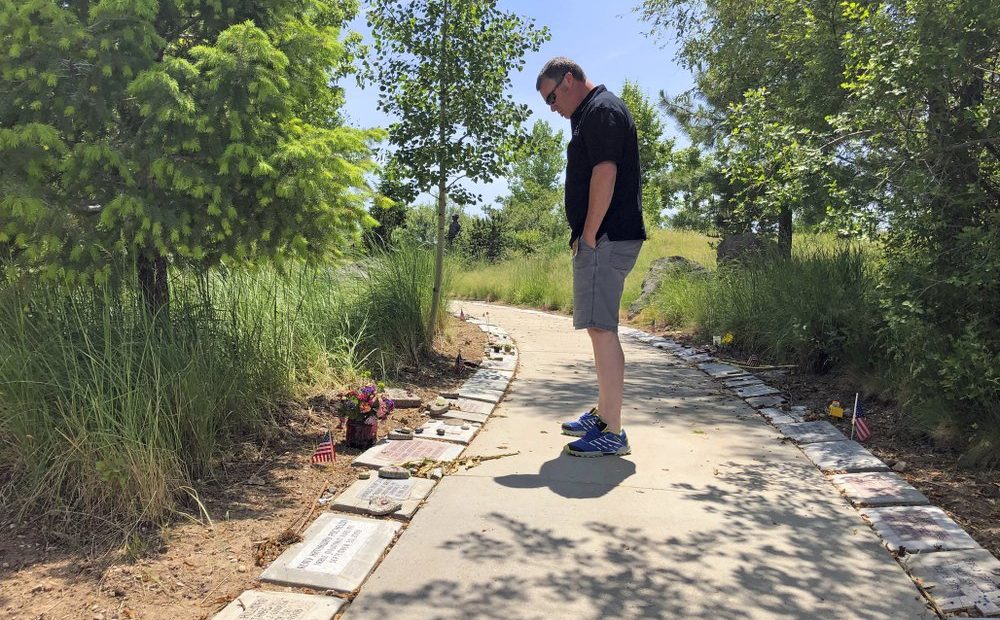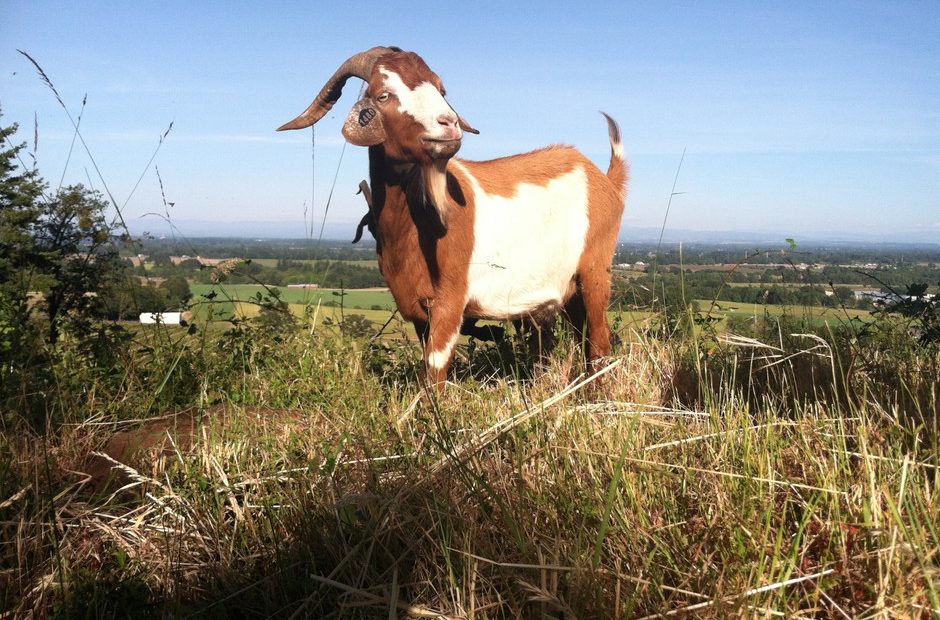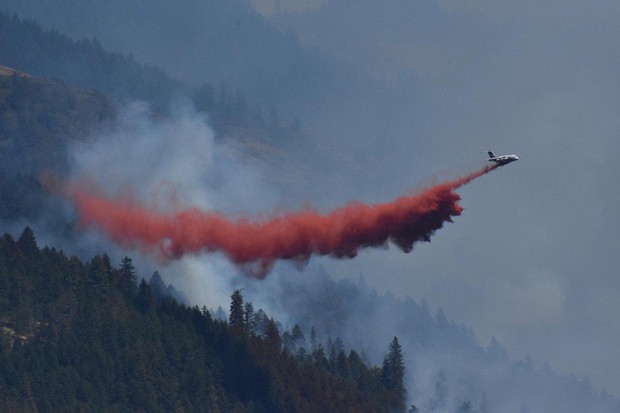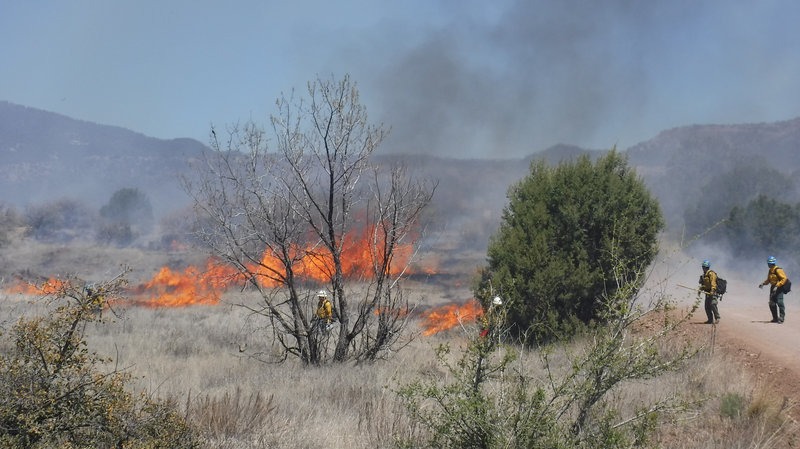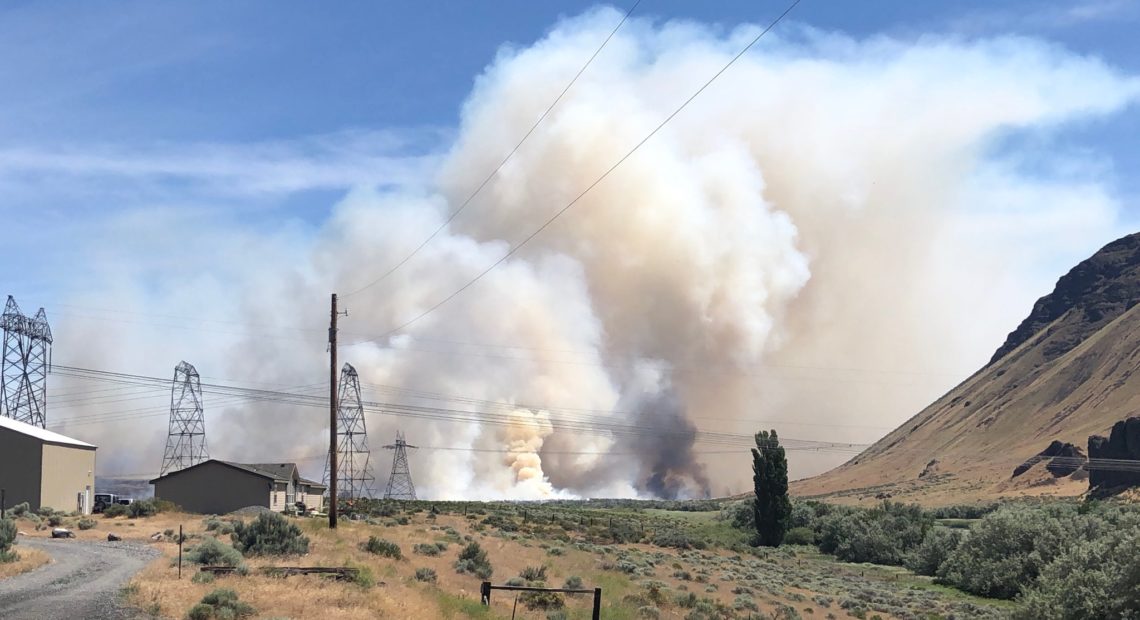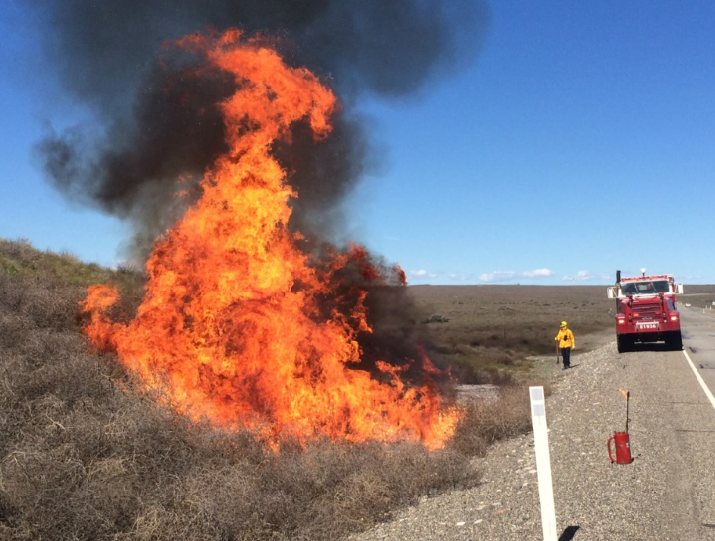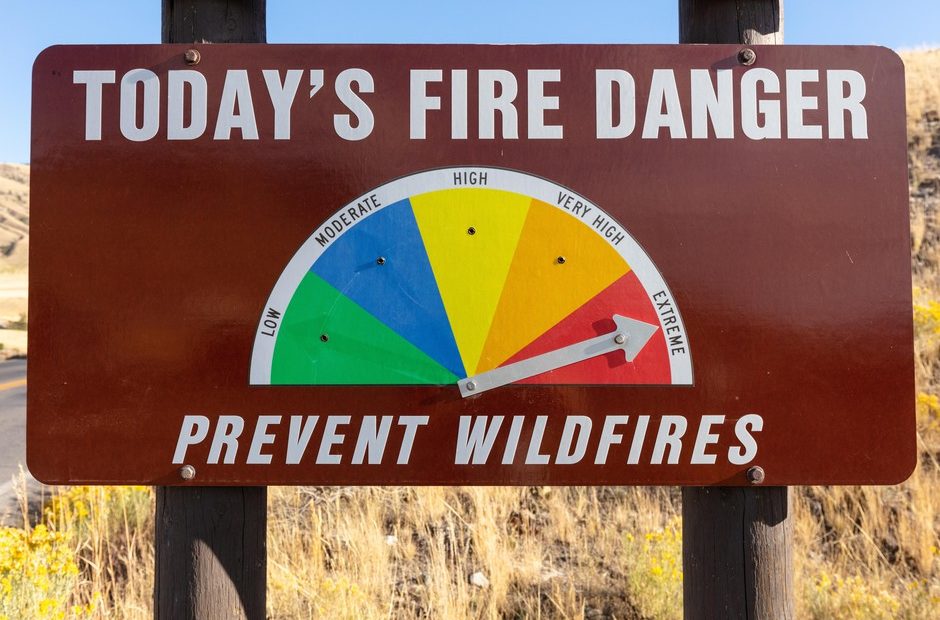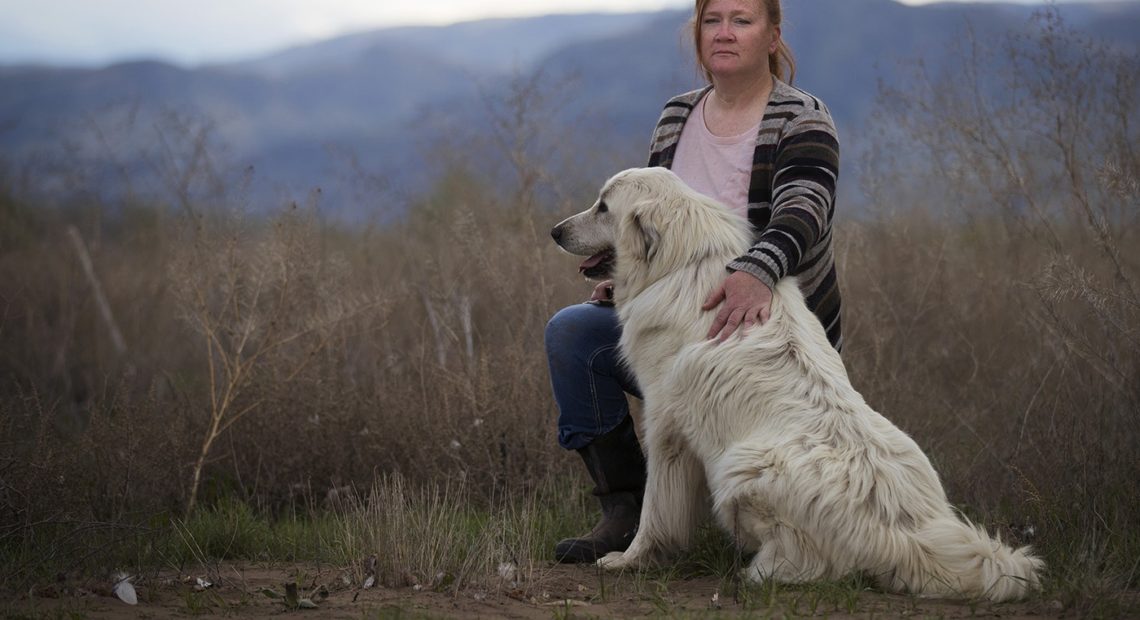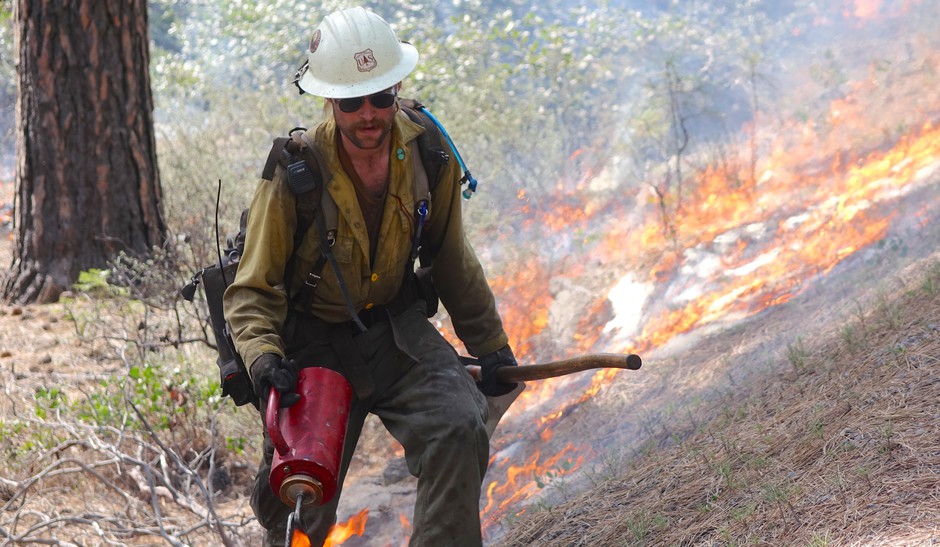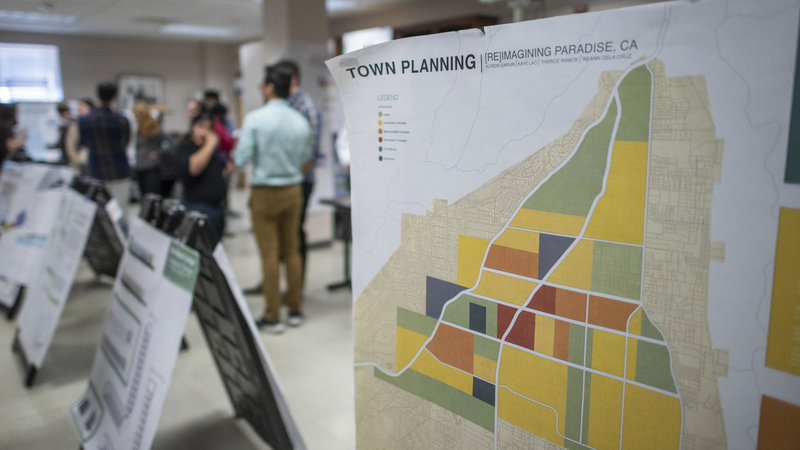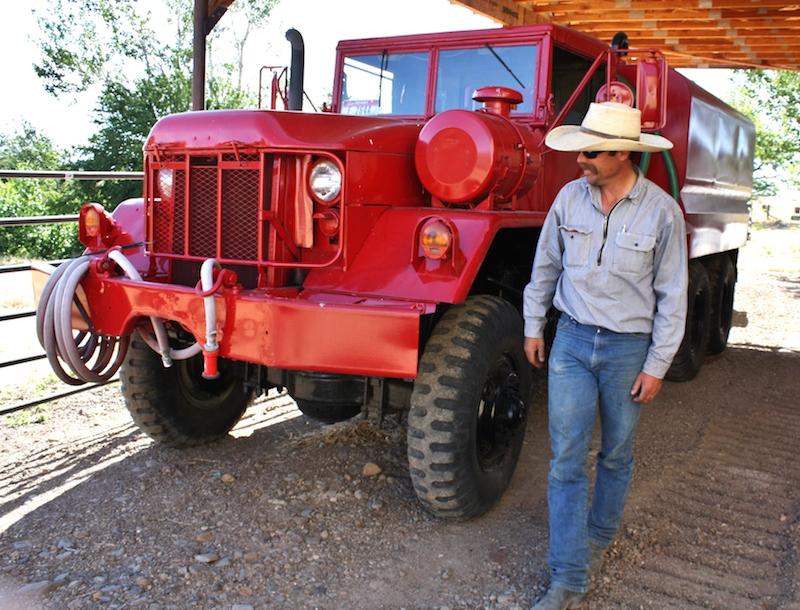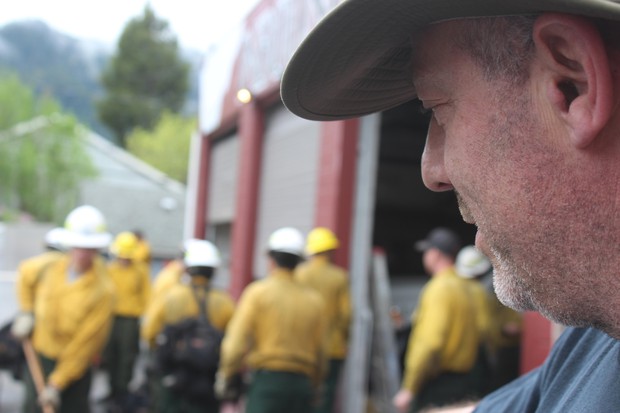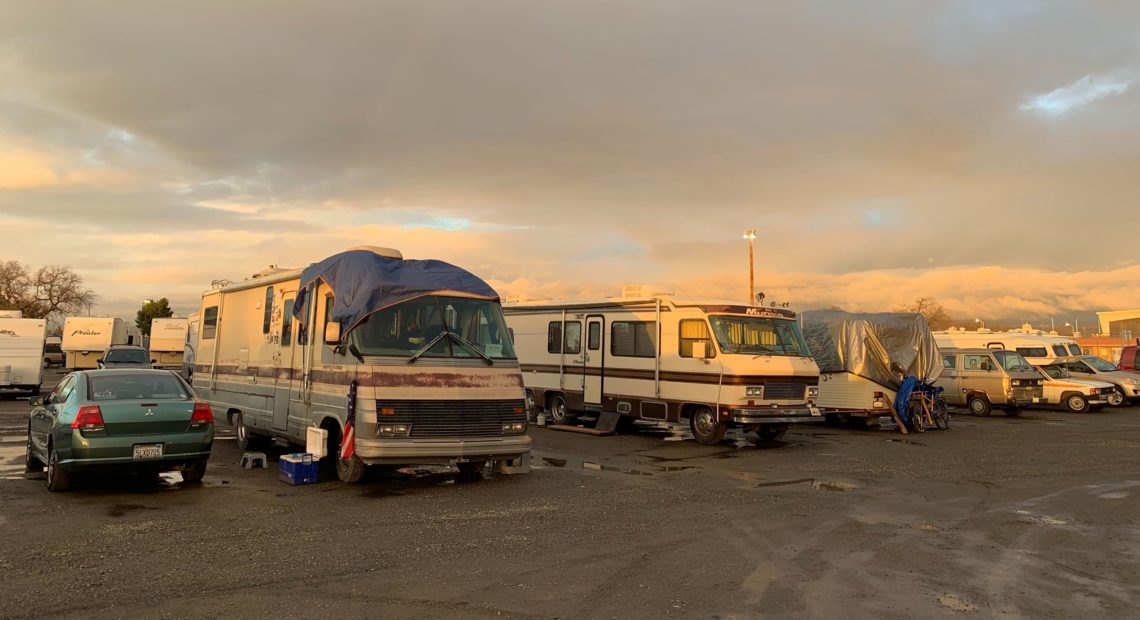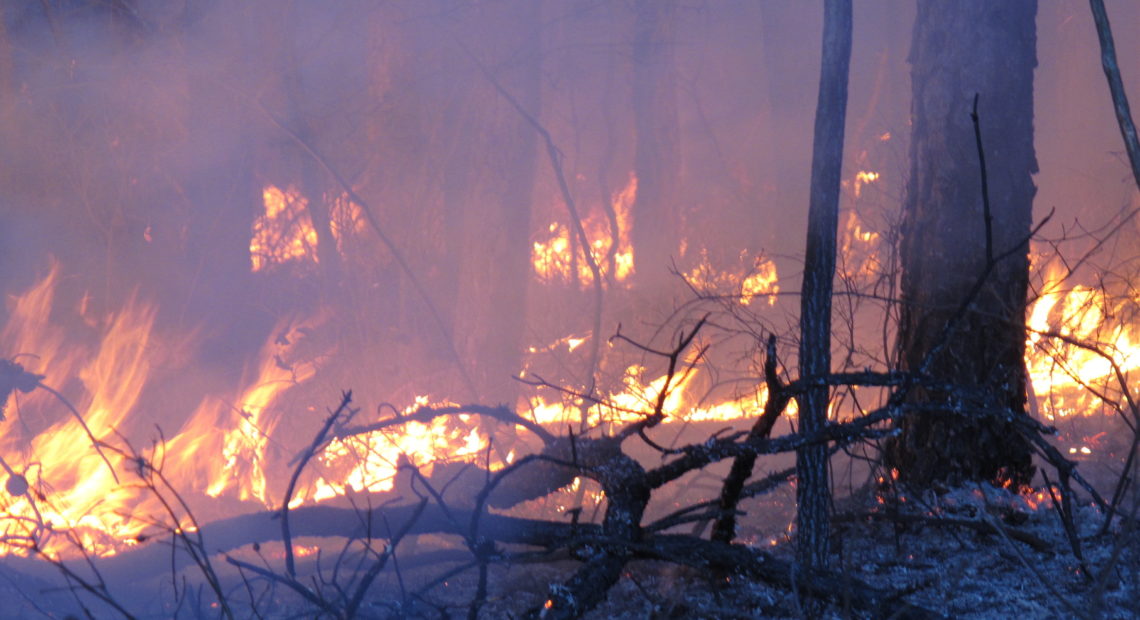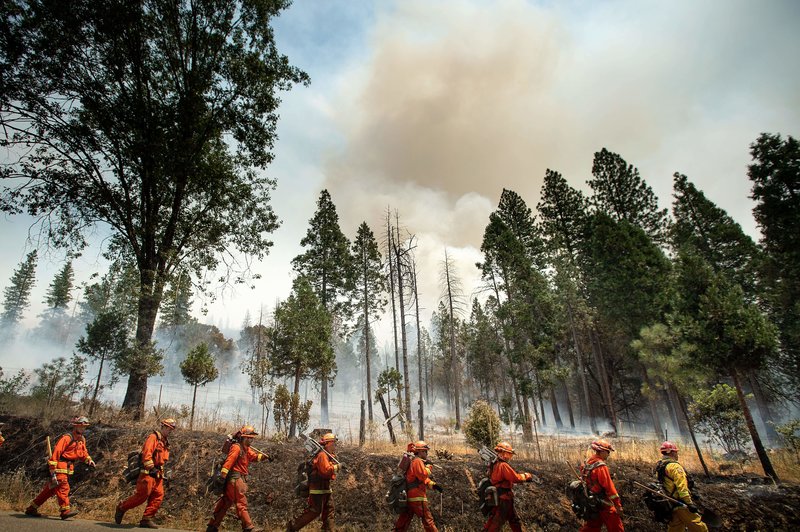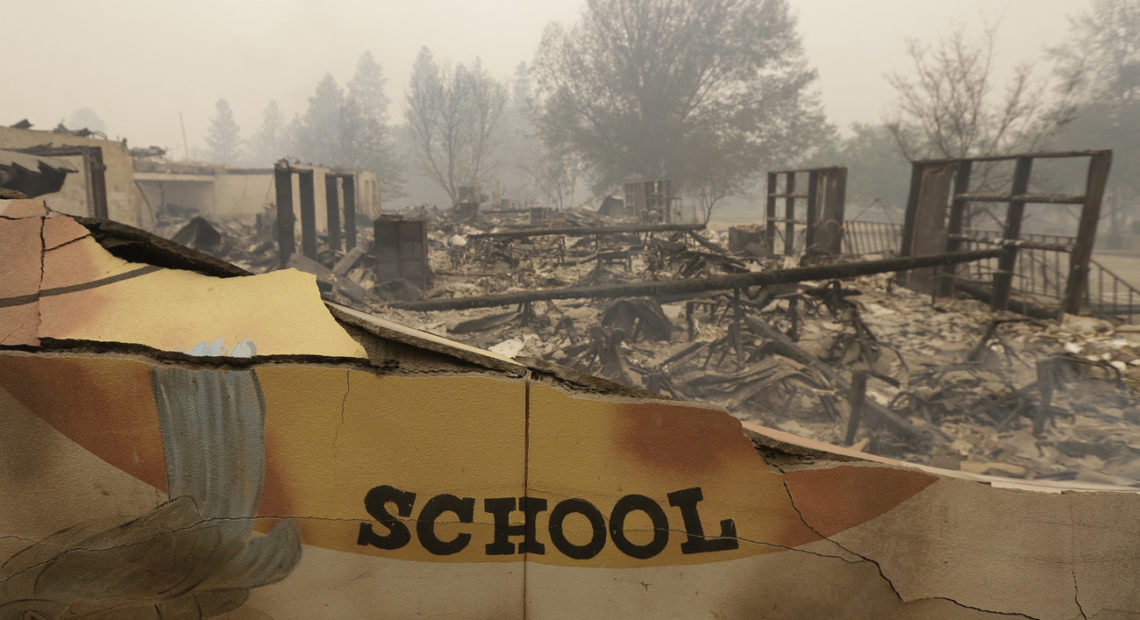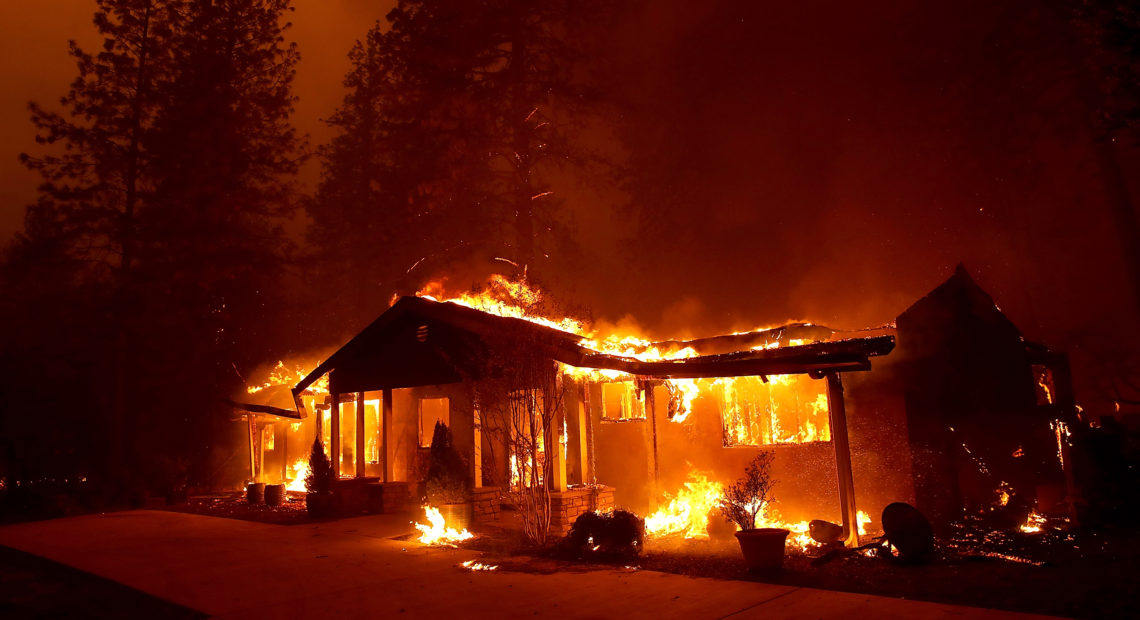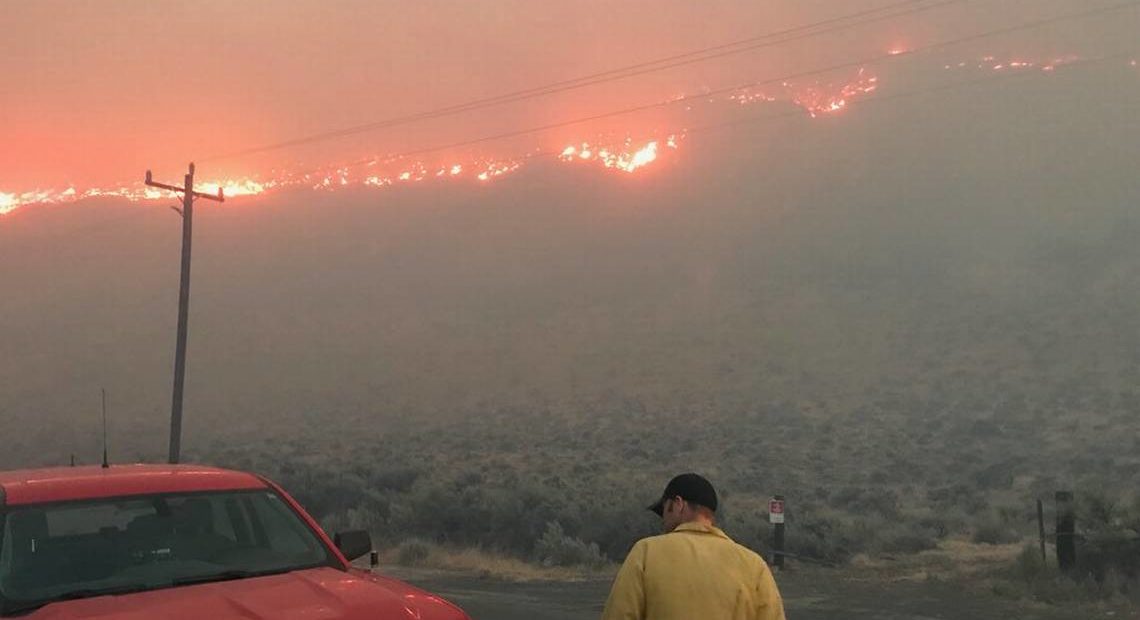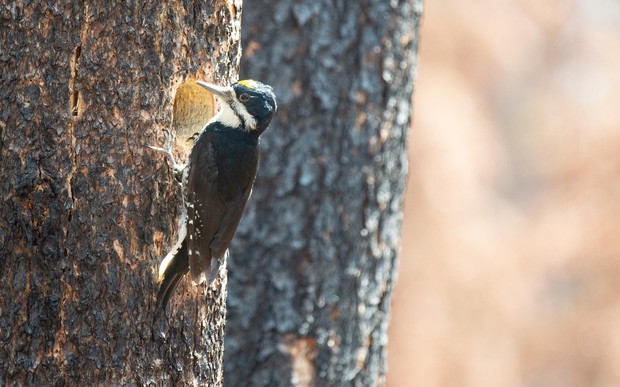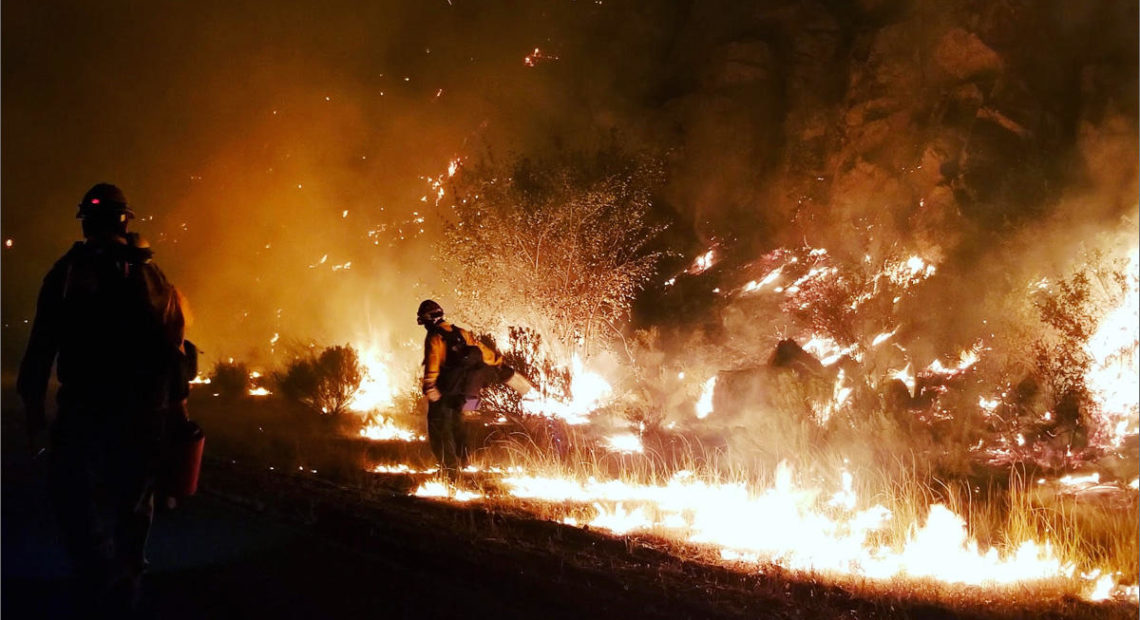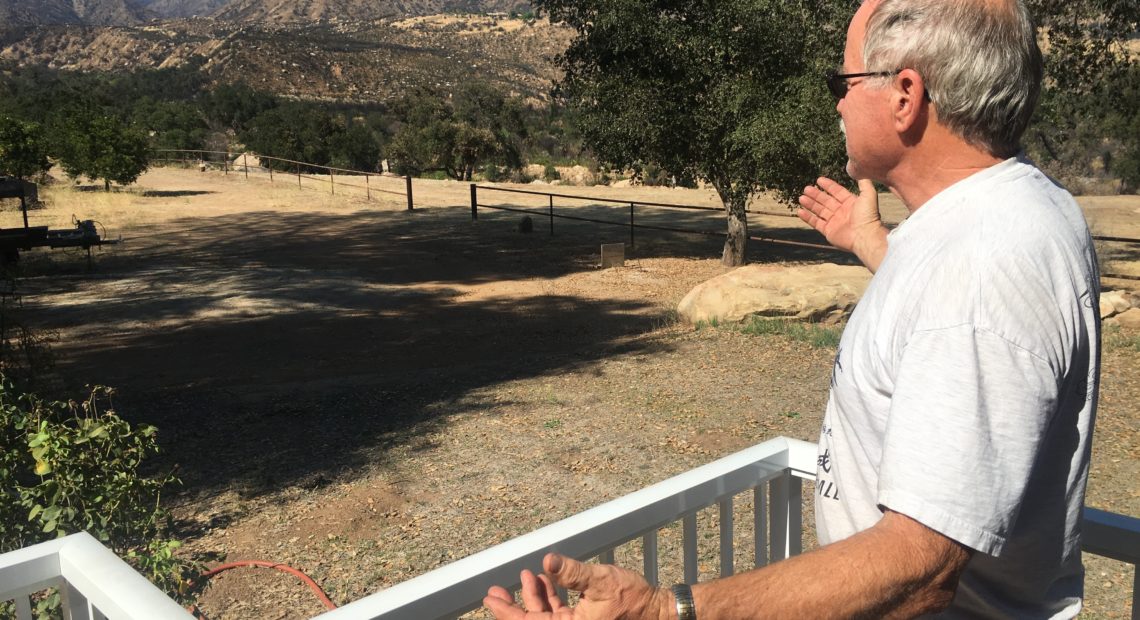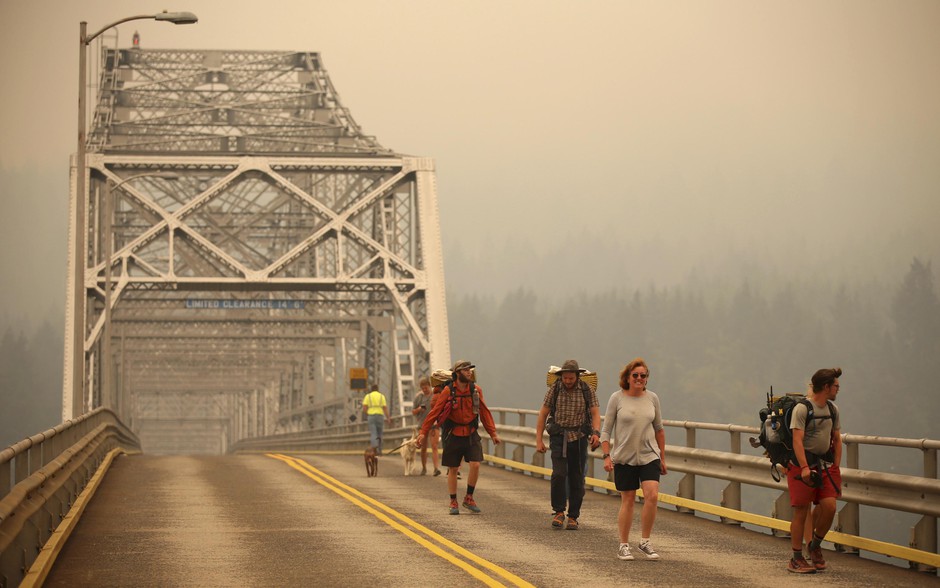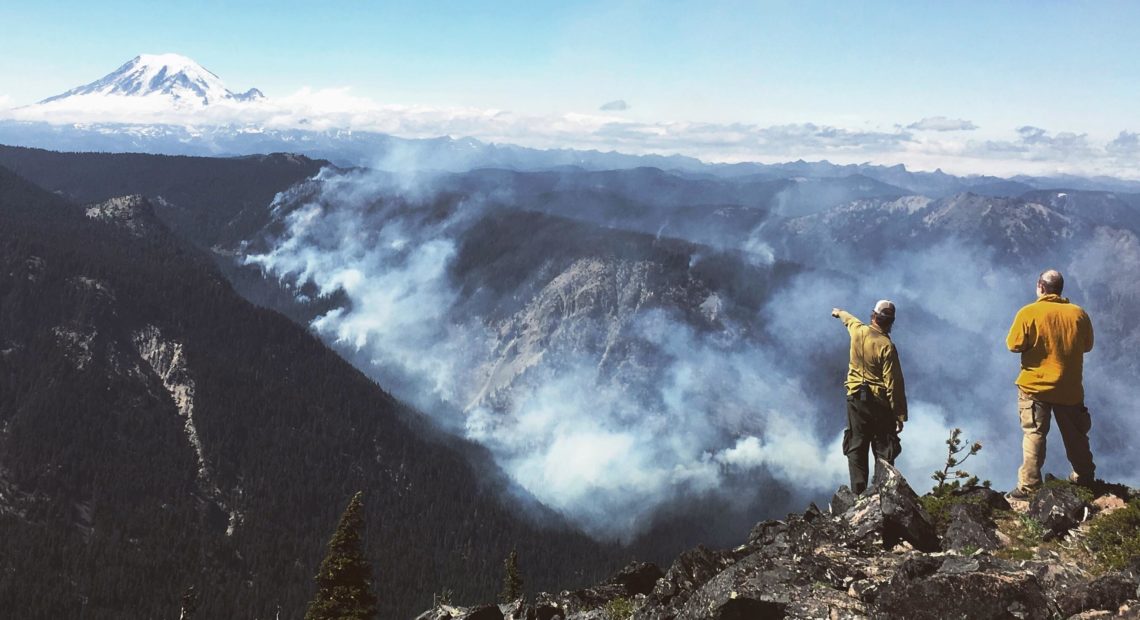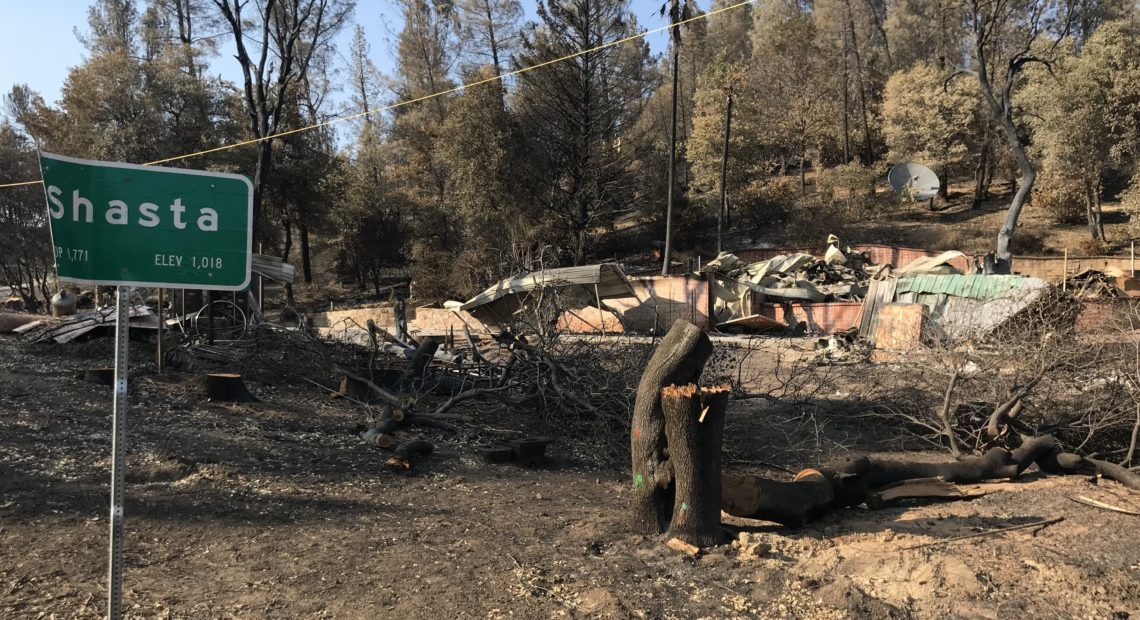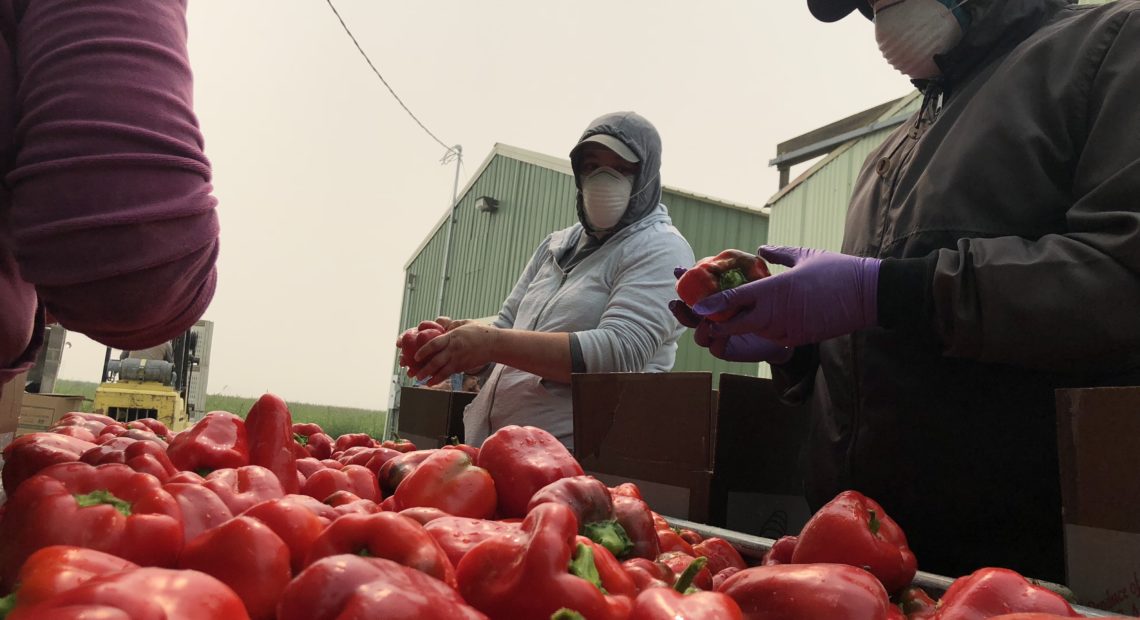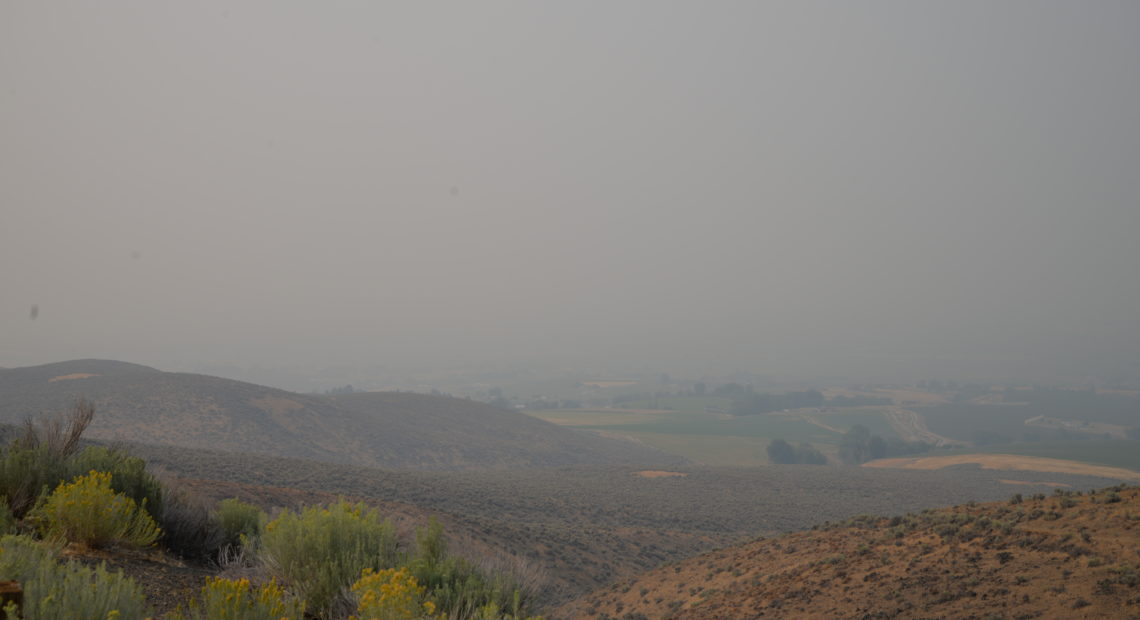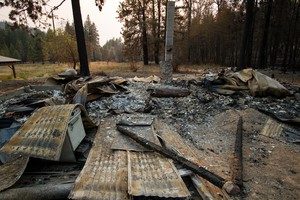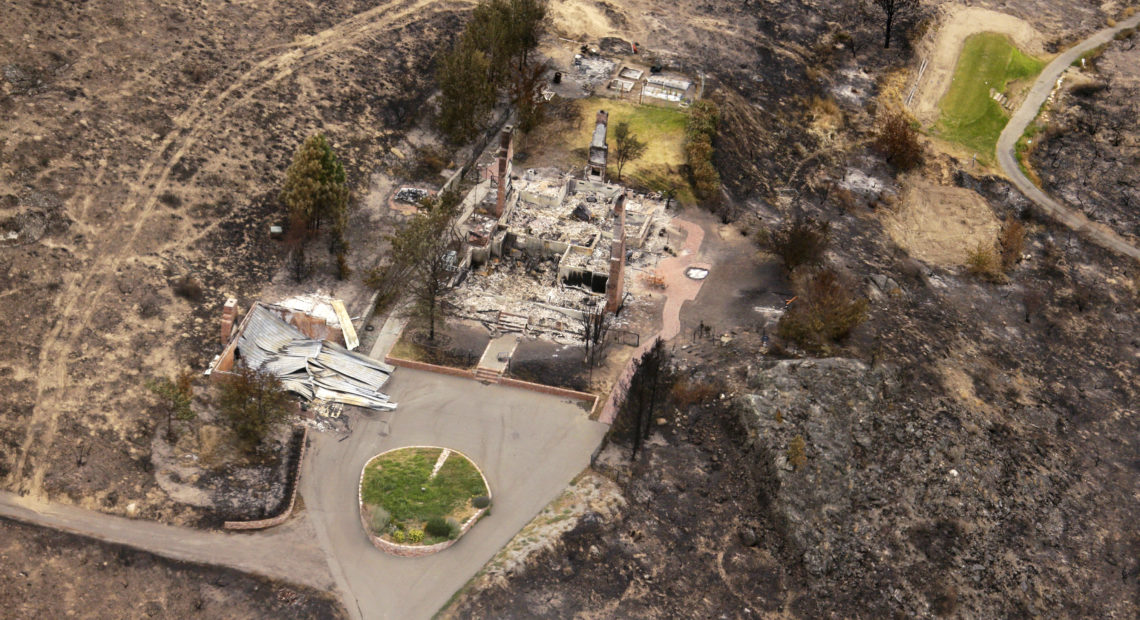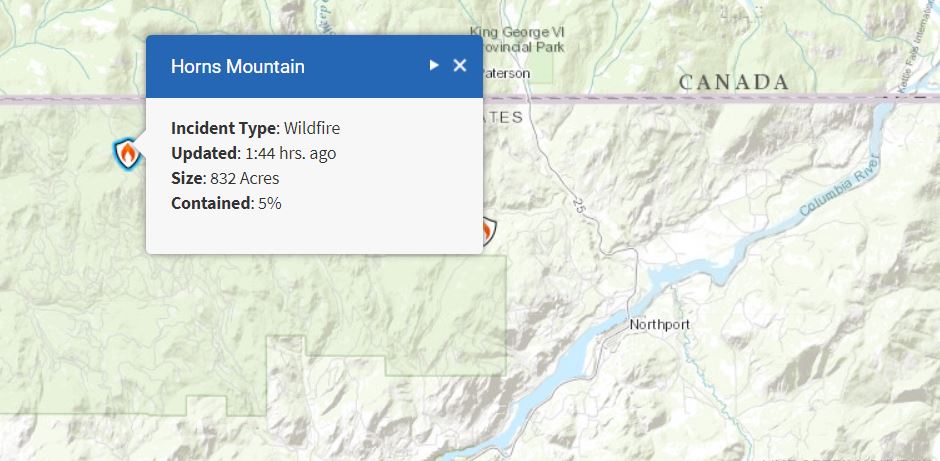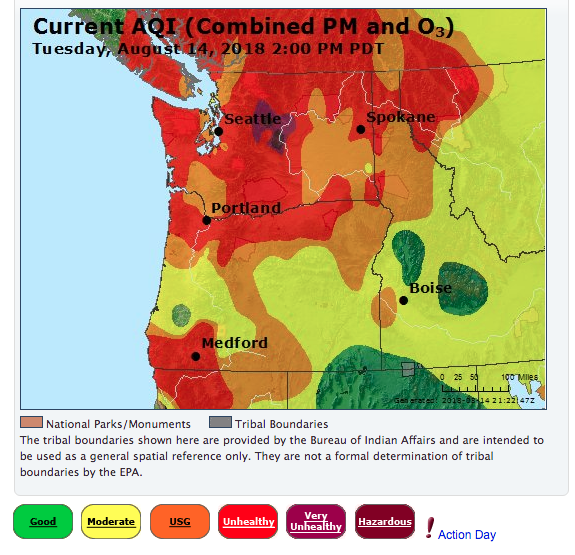Communication is key in emergencies. That’s especially true when the people you’re working to protect don’t speak English. That’s why Washington emergency management offices are working on their language skills — whether for a fire, earthquake or any emergency.Read More
Wildfire
Christian Johnson, 55, had been flown to Harborview Medical Center in Seattle after suffering burns over more than half of his body fighting the Spring Coulee Fire on Sept. 1. Read More
Connecting different projects – like these large-scale fuels management ones – with efforts by homeowners down below helps make the landscape more resilient. It’s part of a larger effort to help central Washington avoid the fate of towns like Paradise, California, which was devastated by the Camp Fire in 2018. Read More
Christian Johnson was severely burned while helping put out a Labor Day weekend brush is still in critical condition. Doctors said the recovery process will take several months.Read More
There are no agencies assigned to fight fires on certain stretches of Washington rangeland. Ranchers want to form their own firefighting teams – something already happening in Oregon and Idaho.Read More
Labor Day weekend marked the second anniversary of the start of the Eagle Creek Fire, which burned almost 50,000 acres of forest land in the Columbia River Gorge.Read More
A Washington firefighter was badly burned over the Labor Day weekend while fighting a small brush fire in Okanogan County. He’s currently in a medically induced coma at a Seattle hospital.Read More
The longest-running public service campaign is tied to a reduction in wildfires, but in some ways Smokey's message may have worked too well. Here's how he's changed. Read More
The fire season so far has been relatively mild as far as large fires and region-wide smoke inundation go. But that could change in late summer and early fall, according to a recent federal report from the National Interagency Fire Center.Read More
The fire that engulfed Notre Dame cathedral shocked the world earlier this year. And a wildfire in July on Rattlesnake Mountain in southeast Washington similarly shocked Northwest tribes.Read More
A fire district around Wenatchee has come up with a new way to make wildland fires less severe. Chelan County Fire District 1 is ditching the hand tools and machinery that firefighters traditionally use to thin overgrown brush. Instead, they’re turning to a more natural approach to thin out fuels around the Broadview neighborhood that burned in the 2015 Sleepy Hollow fire.Read More
It’s been a relatively quiet summer so far for Northwest wildland firefighters. But after a couple days of lightning storms in eastern and central Washington, paired with dry and windy conditions, more fires are starting to flare up. Read More
A wildfire continued burning today near the Hanford Nuclear Site. The Cold Creek Fire is burning sensitive, federally protected habitat. As of Friday afternoon it was estimated at about 18,000 acres and 10 percent containment.Read More
Five years later, the Carlton Complex is still the single largest fire in Washington state’s history. By the end of summer, the Okanogan Long Term Recovery Group will have rebuilt 39 homes. The group’s contractors are putting the finishing touches on the final two homes now. They’ve held a ribbon cutting at nearly each spot.Read More
No figures on wildland firefighter suicides are available because federal agencies often track only fatalities that occur during work hours, and families don’t always release a cause of death. But lang management agencies are concerned about an increasing number of suicides, and seeking to address ways to help.Read More
Four years ago, the Sleepy Hollow Fire burned to the edge of Wenatchee. Flames rushed through, consuming brush and cheatgrass and quickly destroying 28 homes and three businesses. Now, with the help of a federal grant, firefighters are getting rid of some of those grasses to better protect homes.Read More
The amount of carbon dioxide being released into the atmosphere from forest fires in the U.S. West is being greatly overestimated, possibly leading to poor land management decisions, researchers at the University of Idaho said.Read More
The chief of the U.S. Forest Service is warning that a billion acres of land across America are at risk of catastrophic wildfires like last fall's deadly Camp Fire that destroyed most of Paradise, Calif.Read More
Firefighters continued to attack a growing fire today in Grant County. It’s burning near the Wanapum Dam between the Columbia River and Royal City. Afternoon estimates had the so-called 2-4-3 Fire at nearly 5,000 acres, with that number expected to rise in windy conditions this afternoon and overnight.Read More
Over the past few years, Northwest communities have been getting better acquainted with wildfire smoke. But even in the most affected places, people can get some relief by limiting time outside and using air filters and inexpensive masks. These aren’t options for wildland firefighters. Read More
At the Hanford Nuclear Site in southeastern Washington, and across the West, winter’s deep snow and a cool spring have produced lots of brush and grass. That’s a problem for the coming fire season. Read More
Washington state lands officials are warning people working and playing outdoors to be mindful of higher wildfire danger. They've elevated the wildfire danger status in most of eastern and central Washington from low to moderate.Read More
As wildfires become more frequent and intense, the disappearance of snow now ushers in a season of higher anxiety for those who have experienced the destruction of wildfire. And this spring feels particularly ominous, with water levels in ponds and lakes already exposing bathtub rings of pale earth that wouldn’t normally be visible until the end of the dry summer months.Read More
Land managers are using prescribed burns -- also called "good fire" -- and thinning to restore forests and reduce the extra wood, sticks and needles that fuel megafires. Different land managers look for certain things when they’re selecting where prescribed fires will work best.Read More
A tool forest managers use to determine the level of fire danger is getting its first update in more than 40 years. The National Fire Danger Rating System uses information like temperature, humidity and wind to let firefighters know how wildfire will behave.Read More
Last fall's deadly Camp Fire has brought renewed questions about whether towns in high-risk areas like Paradise, Calif., should even be rebuilt.Read More
Washington may soon copy a rural wildfire fighting strategy that Oregon, Idaho and Nevada already employ: letting private ranchers attack range fires before the blazes get big.Read More
From aviation contracts to deals with vendors and even seasonal hiring, the partial federal government shutdown is cutting into planning and preparation for the 2019 wildfire season in the Northwest. Read More
More than two months after the Camp Fire, the small city of Chico, Calif. is struggling to handle an influx of an estimated 20,000 new people from neighboring Paradise. Read More
Firefighters and forest managers are losing valuable time to prepare for the upcoming wildland fire season as the partial government shutdown continues.Read More
As flames consume parts of California, an unexpected group of firefighters has put their lives at risk to protect communities: prison inmates. For $2 per day — and another $1 an hour when battling fires — qualified inmates can volunteer to help authorities combat fires.Read More
The Camp Fire tore through Paradise, Calif., the morning of Nov. 8, 2018. Paul Weingartner, a nurse at the Adventist Health Feather River hospital in Paradise, recounts how it unfolded, and how he narrowly escaped, to return to the hospital and treat patients.Read More
The entire town of 27,000 people was evacuated in front of the wildfire in Northern California. The fire is the latest in a string of disastrous wildfires to hit the state in the past year.Read More
Washington Public Lands Commissioner Hilary Franz is asking the state legislature to nearly double funding to manage and respond to wildfire.Read More
Not all wildfire is a force of destruction. Many of our favorite Northwest plants and animals have evolved to depend on it.Read More
State and federal agencies throughout the Northwest are starting to lift burn restrictions on some lands. The Wildfire Preparedness level for the region was downgraded to its lowest stage -- Level 1 -- this week. But the region is below normal for precipitation and has been so for the past two months. Read More
More people are living in places that are prone to wildfires. That means during fire season, they live with the very real possibility of having to evacuate on very short notice.Read More
Deaths related to air pollution from wildfires could double by the end of the century, according to newly published research into the links between climate change, wildfires and human health.Read More
Federal and state agencies have come to realize fires should not be fought at all costs and, in fact, many should not be fought at all. Excluding natural fire led to forests burning in bigger, more destructive ways. Each year, hazardous fuels accumulate faster than we can reduce them through selective logging and burning.Read More
An Australian newspaper is reporting that hunters shot at two firefighters from down under while they were battling the Miriam Fire near White Pass, Washington. But law enforcement has debunked the claim. Read More
The Trump Administration has called for more logging of western forests to reduce wildfire risks. But people on the ground in the west say the solution is thinning and forest restoration, not logging.Read More
Smoke from wildfires is blanketing much of the West. That's ruining some crops and may be stunting others. And it's making it difficult or unsafe for laborers to pick the harvest.Read More
Wildfire activity in the American West is likely to get worse in coming years. A new study out in the Proceedings of the National Academy of Sciences points to the lack of precipitation in the summer as the major driving factor when it comes to increasing fire severity.Read More
You’ve probably seen and felt it this week: a blanket of grey haze over large parts of the region. Smoke from wildfires in Washington, Oregon, British Columbia and California has led to poor air quality, causing health experts to caution: minimize your exposure. So how do people who work outdoors fare? Read More
The U.S. has more than 46 million homes in this wildfire danger zone and more people moving in right when climate change is making for longer, hotter and drier wildfire seasons. Here are a few steps you can take to protect your home from wildfire.Read More
For people living in the “wildland-urban interface,” wildfire risk is the new normal, and the risk is increasing as more people move into places where cul-de-sac meets forest or sagebrush. Read More
On Tuesday, Aug. 14, a water-scooping airplane crashed while working the Horns Mountain Fire in northeastern Washington. The pilot walked away with minor injuries. Read More
Fires across the region have blanketed the Northwest in smoke. Blazes in California and British Columbia are also adding to the thick, reddish-gray haze. Read More
It was a wild weekend for wildfire in the Northwest. A cold front brought lightning and high winds -- but no rain -- to the region east of the Cascades already plagued by extremely dry conditions.Read More
Weather predictions across the West are calling for excessive heat and more dry weather this week. That forecast is anything but good news in the Northwest, where significant risk of wildfire continues to increase.Read More

